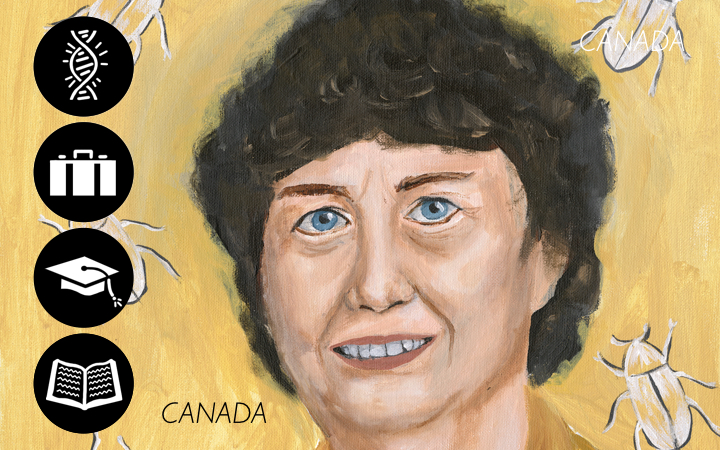Gail S. Anderson is a forensic entomologist, academic, and Associate Director of the School of Criminology at Simon Fraser University, Burnaby, British Columbia, Canada. She is an instructor at the Canadian Police College, a Fellow of the American Academy of Forensic Sciences and the Canadian Society of Forensic Science, as well as a member of the Canadian Identification Society and the International Association for Identification.[1]
Originally a high school science technician, Anderson went on to become Canada’s first full-time forensic entomologist in 1992.[2] In 2001, Time Magazine named Anderson one of North America’s leading innovators in the field of law enforcement.[2] Anderson’s research has helped to solve murders, catch poachers, and serve as a resource for archaeologists. Her expert witness testimony has been used in many homicides including the Robert Pickton Trial.
Anderson is the director of the Forensic Entomology Laboratory at Simon Fraser University. The laboratory was established in 1999 and was the first lab in North America to focus specifically on solving crimes through the study of insect biology.[3] She has gone on to create the world’s first database of flesh eating insects to be used in murder investigations.[4]
(From Wikipedia, March 2018)


